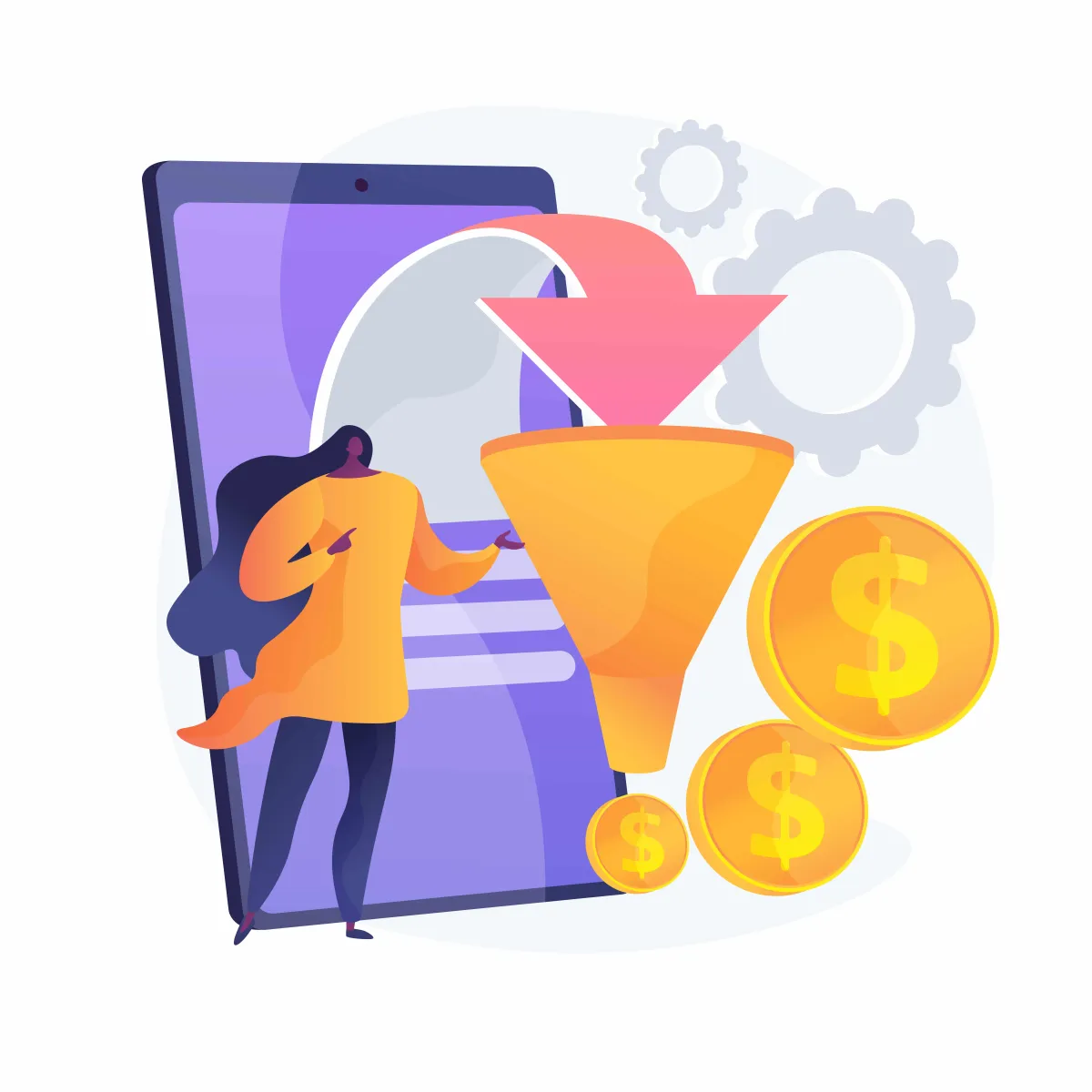Conversion Rate Optimisation For Salons
CONVERT MORE BOOKINGS WITH LESS EFFORT
Bring More Predictability Booking And Keep Your Clients Longer

CONVERSION RATE OPTIMISATION FOR SALON, CLINIC AND SPA OWNERS
Increasing your conversion rates are the last thought of thing that should be the first. The areas on focus are from getting someone to click your ads to booking on your website to booking from a phone call to re-booking after a treatment or service. if all these areas increased by 1%-5% it will make a massive difference to the bottom line of your business.
Grow A Salon can help salon owners optimise each step of the customer journey to improve conversion rates. By focusing on email marketing, booking process, rebooking clients, and more, Grow A Salon boosts conversions across the entire sales funnel.
OUR EXPERTISE AND PARTNERS
Frequently Asked Questions
Why is conversion rate optimisation important?
Conversion rate optimization is important because it lets you capitalize on the visitors and traffic you’ve already got. That makes your marketing more effective, because instead of trying to reach people who may not even be interested, you’re focusing your efforts on the people who are already there, and who have shown some interest. That keeps your costs down, and improves return on investment (ROI) for your marketing.
How do you calculate your conversion rate?
If you want to calculate your conversion rate, you’ll need two numbers. First, the number of visitors (or in the case of email marketing, subscribers). Second, the number of those who take action, or convert. Your conversion rate is expressed as a percentage. If you have 10,000 visitors, and 500 take action, your conversion rate is 500/10000, or 5 percent.
What is a good conversion rate?
If only there was a clear answer! “What is a good conversion rate?” is one of those questions that’ll get you a different answer every time you ask it. Landing page experts Unbounce say the average conversion rate for a landing page across 10 different industries is 4.02 percent.
But conversion rates vary widely by industry. In Unbounce’s research, higher education landing pages had an average landing page conversion rate of just 2.6 percent. In contrast, vocational studies and job training landing pages had a conversion rate of 6.1 percent.
And Smart Insights has some interesting data on eCommerce conversion rates. It shows that:
(1) 43.8 percent of people visit product pages
(2)14.5 percent of people add products to their carts
(3)3.3 percent of people buy
In other words, a good conversion rate isn’t something absurd, like 25 percent. It’s almost certainly in the single digits. But beyond that, it varies wildly from industry to industry. It also varies depending on what you’re looking at converting (e.g., an email, a landing page, a product page, etc.) and what goal you’re hoping to convert (e.g., a sale, an email signup, a free download, etc.).
How will analytics help with conversions?
As mentioned earlier, measurement is an important aspect of improving conversions. That’s why before starting with conversion optimization, it’s important to know what your baseline is. Analytics is a key tool in helping you with this.
You can use web traffic analytics tools like Google Analytics to track the behavior of visitors to your website. And you can use heatmap and click-tracking tools like Crazy Egg to see which areas of a web page are most successful in getting visitors’ attention. When you have that information, you can start thinking about how to improve your key metrics.
You can also set up goals and funnels in Google Analytics to match your customer funnels and important conversion goals. This makes it easy to see what’s working, and what’s not. As well as analytics, you can often get this information via customer feedback.
Email platforms, often include detailed analytics about actions people take with regards to your email campaigns, such as open rates, click-through rates, and attributable revenue.
Once you have a good handle on the metrics around your individual pages and emails, you can start to think about reasons why particular pages or email campaigns aren’t converting well. This will help you form a hypothesis, which is a key part of conversion optimization.
What testing methods can I use for conversion optimisation?
There are several conversion optimisation testing methods you can use. One of the most common is A/B testing, also called split testing.
In this process, your original web page (or email) is called the “control.” You change a single element to create a new version of the page or email, called the “variant.” Then you divide your traffic or audience so that half your traffic sees each version. At the end of your test (we’ll talk about the testing duration a bit later), the version that gets the most conversions is the winner.
You can also do A/B/n testing, where you have more than one variant, and split the traffic equally among them. Most pro conversion optimisers recommend no more than 3 or 4 variants for any test.
A third option is to change multiple options on the page at the same time. This is called multivariate testing. It’s trickier to measure, however, since you can’t be exactly sure which of the changes you made led to higher conversions.
And then there’s usability testing, where you get real users to do tasks on your site, and see how well they are able to achieve them.
With the exception of usability testing, these types of testing generally require a sizable audience to deliver statistically significant results. If you’re just starting out, it’s likely you don’t have the traffic or email list size to properly A/B test. In that case, it’s best to measure results toward your goal before and after a change, and also listen carefully to user feedback.

CLAIM YOUR FREE MARKETING PLAN VALUED AT $1500
Want to grow your business faster?
address
152 St Georges Terrace Perth Western Australia 6000
Call
USA: 201 932 2489
AUS: 1800 948 096
KEEP IN TOUCH
Copyright © 2026 All Rights Reserved
Company managed and owned by Business Warriors Digital Marketing Agency











